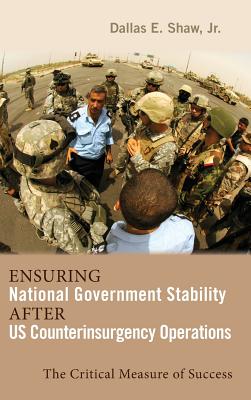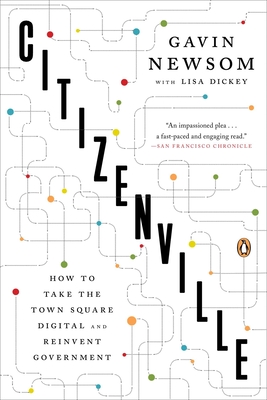
Ensuring National Government Stability After US Counterinsurgency Operations: The Critical Measure of Success (Rapid Communications in Conflict & Security)
Description
The use of American combat formations to assist another state in killing its own rebellious citizens is an immense departure from normal international interactions between the US and states the US supports. In fact, the US has only used conventional combat formations on ten occasions to assist a foreign state in defeating their own insurgencies--in nine of these cases, the US was the lead. The employment of US combat formations in the COIN operations of another state is indicative of how dire US policy makers perceived the situation and their certitude that the host-nation could not defeat the insurgency and/or protect its people on its own.
Much of the debate regarding US COIN operations since 1950 in Vietnam, Iraq, and Afghanistan has centered around discussions of population-centric COIN or enemy-centric COIN. But how do we explain how the US was successful at population-centric and enemy-centric COIN in Vietnam but failed to produce a state that was able to survive longer than 3.5 years on average after US combat formations departed. Or conversely, how do we explain how the US failed in population-centric and enemy-centric COIN in Nicaragua, but succeeded in producing a state that lasted over four decades?
In this first longitudinal and latitudinal study of all US foreign COIN interventions using combat formations, Dallas Shaw examines the variables involved in increasing state longevity after withdrawal (SLAW). This book proposes a theory of state-centric COIN such that state longevity increases after US withdrawal when the US employs institution inhabiting strategies to develop host-nation governance and security in the course of COIN interventions. This book uses small-N qualitative case-study methodologies to both develop and to test his theory of state-centric COIN. He relies on process tracing, contextually constrained historical comparison, and hoop tests to both infer a theory of state-centric counterinsurgency and test it alongside competing hypotheses.
This study examines four key detailed case studies and then combines this with qualitative methodologies to identify the variables most associated with increases in SLAW. Shaw compares two cases where the US intervened and created tabula rasa conditions of governance and security and in essence started from scratch to create a new state during a COIN intervention. He then pairs two other cases of US COIN intervention in existing host-nations. The result is a latitudinal comparison of all four cases to determine which variables are most closely related to increasing SLAW.
Ensuring National Government Stability After US Counterinsurgency Operations is an important volume for all security studies, political science, and professional military education collections. It will address how the US defines success in large-scale COIN and helps to create states that are able to long endure after US withdrawal. This book will help policy makers think about how to intervene, when it chooses to, and how to describe the goals of intervention in foreign COIN.



















